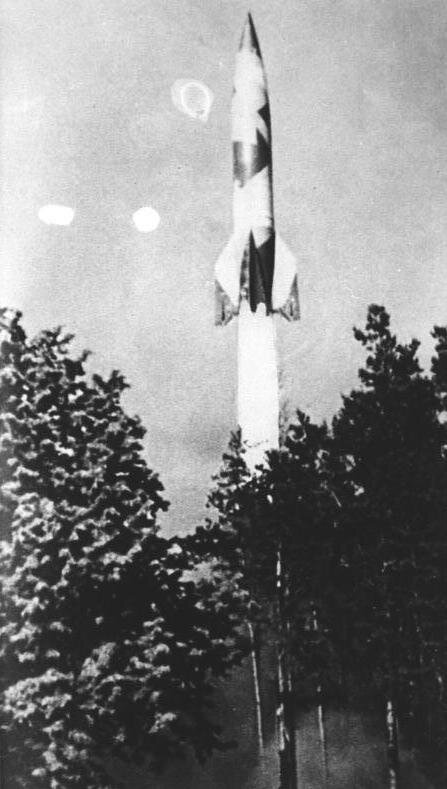Nazis in space
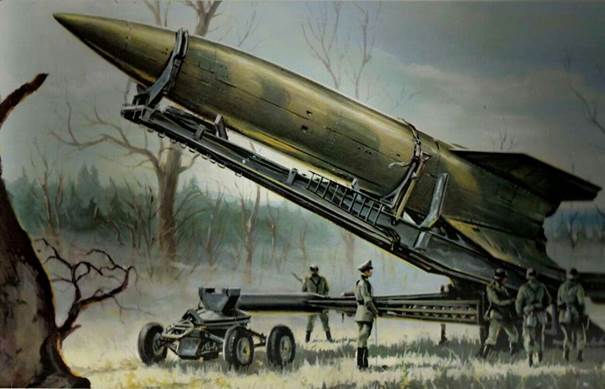
Considering the topic of the theoretical flight of the Nazis to the moon, the previous post deliberately did not raise the question of the scientific and technological progress of the Germans in this area. We’ll cover this topic today, so this article is worth considering as a small addition to the second “Nazi Bases on the Moon” or as 2.1. In general, we will analyze the topics of German superweapons and the nuclear program in other articles, today we will touch on space. Vernadsky said that “war is the engine of progress.” Unfortunately, there is some truth in this, and space and rocket developments are no exception. So did the Germans have developments in these industries that were ahead of the rest? Before answering this question, it is necessary to define what space is in general and from what height it begins.


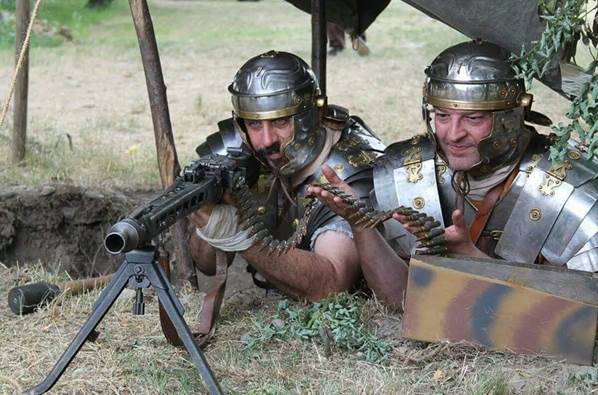
Space is a region outside the Earth’s atmosphere where there is no perceptible atmospheric friction and gravity largely does not affect the motion of objects. Officially, the International Astronautical Federation (IAF) defines spaceflight as flying above the Kármán Line.
The Karman Line is an altitude above sea level, which is conventionally taken as the boundary between the Earth’s atmosphere and space and is the upper limit of states.
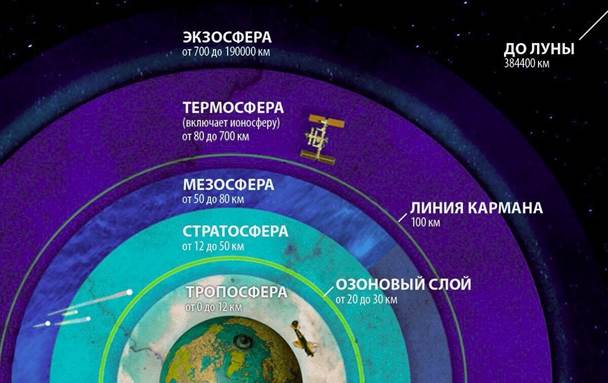
According to the definition of the Fédération Aéronautique Internationale (FAI), the Kármán Line is located at an altitude of 100 kilometers above sea level.
The height was named after the American scientist of Hungarian origin Theodor von Kármán. He was the first to determine that at about this altitude the atmosphere becomes so rarefied that aerodynamic aviation becomes impossible, since the speed of the aircraft, which is necessary to create sufficient lift, becomes greater than the first cosmic velocity, and therefore it is necessary to use the means of cosmonautics to reach higher altitudes.
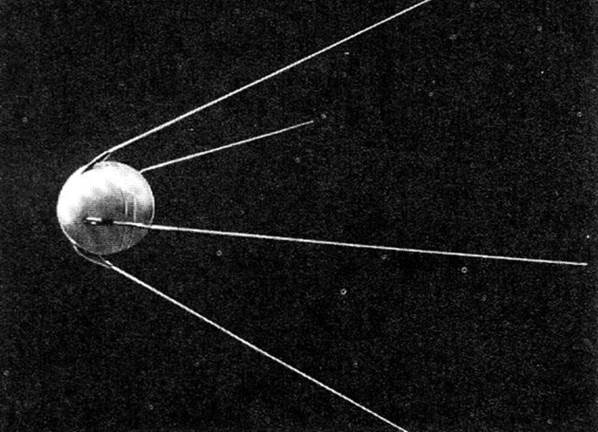
Theodor von Kármán
So, we have defined the concept of space. It is believed that the first artificial body launched into Earth orbit was the Soviet spacecraft Sputnik-1, launched on October 4, 1957. This date is considered to be the beginning of the “space race”.
But that’s not entirely true. From a purely scientific point of view, as we have already established, space flight is a flight above the Kármán line.
So who made the first space flight?
The answer surprised even me – the Germans.

The first artificial Earth satellite, launched by the USSR on October 4, 1957
In fact, the Germans visited space, outer space, bypassing the Kármán Line in 1944. The V-2 rocket is the first object in history to make a suborbital space flight, reaching an altitude of 188 km during a vertical launch, this happened in 1944. After the war, the V-2 was the prototype for the development of the first ballistic missiles in the United States, the USSR and other countries, but more on that later.
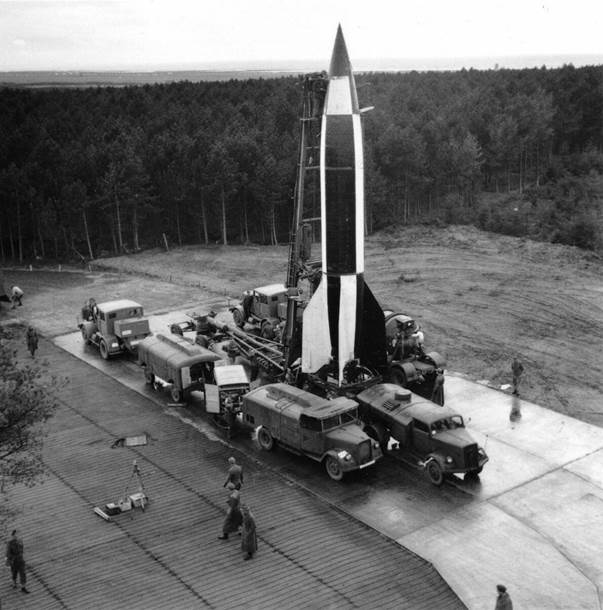
Launch of the V-2 ballistic missile
The first living creatures to cross the Kármán Line and return to Earth alive were fruit flies, sent by the United States of America on a V-2 rocket on February 20, 1947. The first mammal to cross the Kármán Line was the rhesus macaque Albert 2, sent to the United States on June 14, 1949. During landing, the animal died due to an unopened parachute. The first mammals to cross the Kármán Line and return to Earth alive were the dogs Dezik and Tsygan, launched in the USSR on July 22, 1951 from the Kapustin Yar test site in the Astrakhan region as part of the VR-190 project to an altitude of about 100-110 km.
But let’s get back to the Germans and their missile.


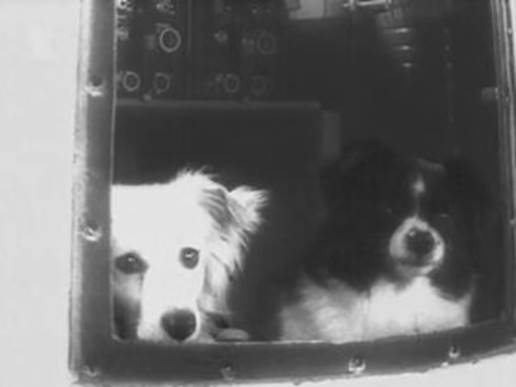
Rhesus Macaque Albert-2
Hitler was not abandoning the idea of producing a heavy rocket that would bring retribution to England. By his personal order, from the end of July 1943, a huge production potential was directed to the creation of a rocket, which later received the propaganda name “V-2”.
The first missile with a warhead was launched at Paris on September 6, 1944. The next day, the bombardment of London began. Although the British were aware of the existence of the German missile, they did not understand anything at first, and they thought that the large explosion that occurred at 18:43 on September 8 in the Chiswick area was the result of an explosion of the gas main (since there was no air raid alert). However, after subsequent explosions, it became clear that the gas mains were not involved in the incident. It wasn’t until an air defense officer picked up a piece of liquid oxygen-frozen pipe near one of the craters that it became apparent that it was a new weapon of the Nazis, which they called “weapons of vengeance.”

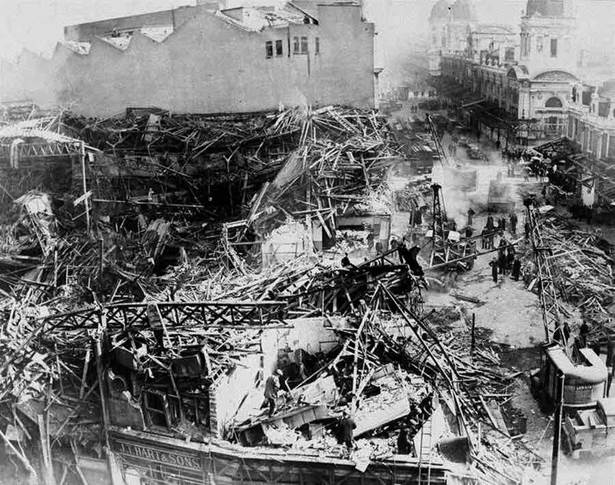

Aftermath of the V-2 strikes on London
However, the use of the combat V-2 was not effective due to the low accuracy of the missiles (only half of the launched missiles fell into a circle with a diameter of 10 km) and unreliability (more than half of the 4,300 launched missiles either exploded on the ground or in the air during launch, or failed in flight).
From September 8, 1944 to March 27, 1945, in the period before the last V-2 rocket was fired at England, the Germans made 1,359 rocket launches, of which 1,054 reached England. According to county data, 517 rockets fell on London, 378 on Essex, 64 on Kent, 34 on Hertfordshire, 29 on Norfolk, and 13 on Suffolk. The number of crashes on Surrey, Sussex, Bedfordshire and Buckinghamshire ranged from 2 to 8 missiles, and on Cambridgeshire and Berkshire – one each.
According to various sources, the seven-month launch of missiles designed to destroy London killed 2,724 people (an average of one or two people from each missile) and seriously injured 6,467 people.


Aftermath of the V-2 strikes on London
On December 16, 1944, a V-2 rocket fell on the Rex cinema in Antwerp, Belgium, with about 1,000 people there. As a result of this incident, 567 people were killed. It was the deadliest attack of this missile during the entire Second World War. In Britain, the deadliest attack was on November 25, 1944, when the explosion of one V-2 rocket in London killed 160 people and seriously injured another 106.
The last time the V-2 was used was during the Battle of Antwerp in 1945.
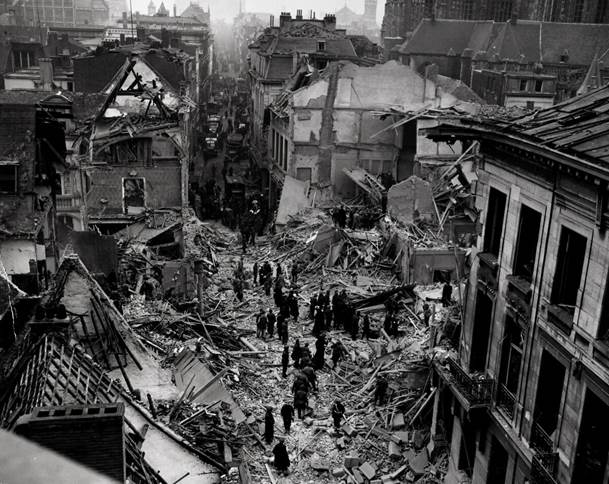
Aftermath of the attack on Antwerp. Most of the frames cannot be shown according to the rules of the site
On the southern slope of Mount Konstein, next to the underground factory of Mittelwerk (Germany), the Dora concentration camp was located. This camp provided the factory with manpower for the production of missiles. The sad statistic is that the number of casualties in the production of these missiles exceeded the casualties claimed by the missile strikes themselves. 25,000 corpses were found under the rubble of the camp, and another 5,000 were shot before the American army advanced.
The A-9/A-10 two-stage intercontinental ballistic missile project, based on the V-2, was designed to achieve a range of 5,000 km and was intended to attack large targets and demoralize populations in the United States. However, until the end of the war in Nazi Germany, the missile was never used in combat conditions.
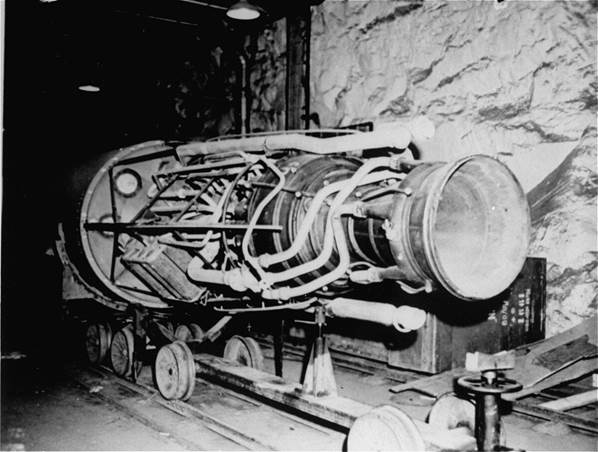
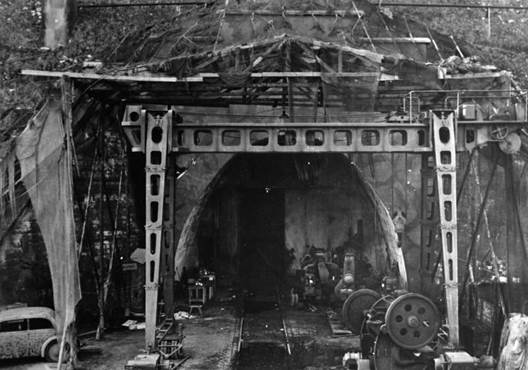
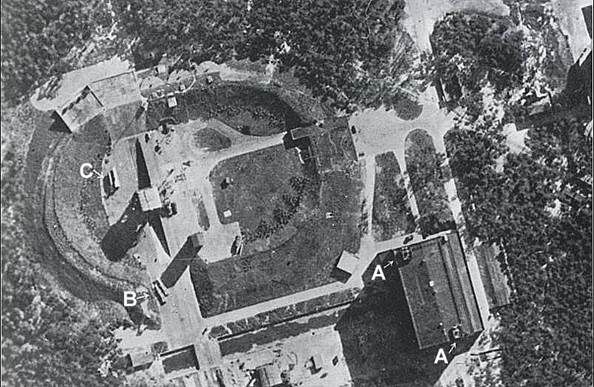
A V-2 built on the assembly line of the Mittelwerk plant in Konstein
After the collapse of the Reich
About 100 finished missiles were taken from Germany to the United States in disassembled form by the American occupation authorities after the war. In the United States, research was carried out on these captured missiles as part of the Hermes ballistic missile development program. Between 1946 and 1952, the U.S. Army conducted 63 missile launches for research purposes, with one launch from the deck of an aircraft carrier.
The first photographs of planet Earth, directly from space, were taken on October 24, 1946, on a V-2 suborbital rocket launched in the United States (flight No. 13) from the White Sands Missile Range. The highest altitude (65 miles, 105 km) was 5 times higher than in any photograph taken before this flight; Photos were taken every one and a half seconds.

The first photograph of Earth from space, taken on October 24, 1946, on a V-2 suborbital rocket
Until at least 1952, the Soviet authorities in Germany carried out a program of test launches of V-2 rockets and their modifications at the Peenemünde test site, which was now used for the Soviet rocket program.
As a result, it was the V-2 rocket that became the first artificial object in history to make a suborbital space flight. In the first half of 1944, in order to debug the design, a number of vertical launches of missiles were carried out with a slightly increased (up to 67 seconds) engine operating time (fuel supply). At the same time, the height of the ascent reached 188 kilometers.
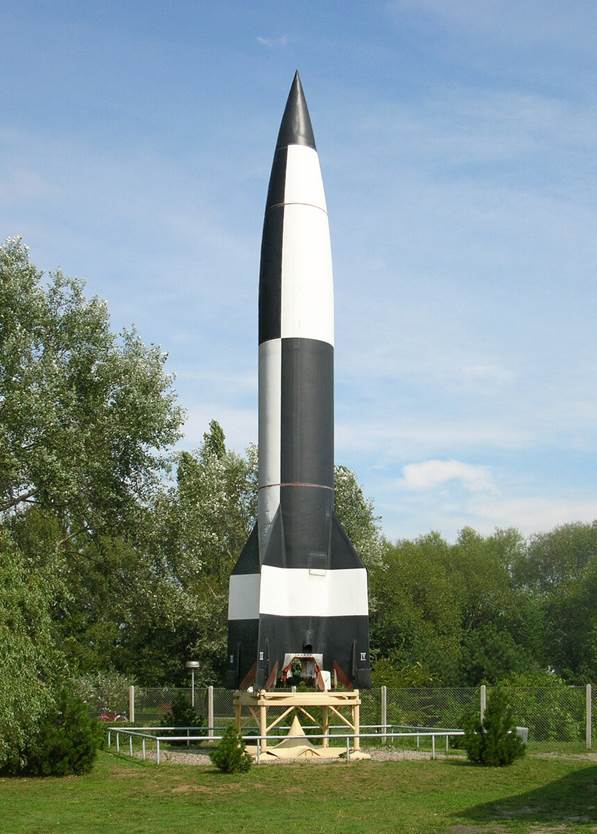
A replica of the first V-2 rocket in the Peenemünde Museum today
With the launch of captured and later modified V-2 rockets, both American (Hermes program) and Soviet rocket programs began. China’s first ballistic missiles, the Dongfeng-1, are also based on the Soviet R-2 missiles, which were based on the V-2 design
Doug Millard, a historian of space exploration and curator at London’s Museum of Space Technology, argues that all the advances in spacewalking, including the successful landing on the moon, have been achieved using the technological principles of the V-2 rocket.
